Introduction
In the ever-evolving landscape of architecture, demountable buildings are emerging as a game-changer. These innovative structures offer a unique solution to the modern challenges of space and sustainability, making them increasingly popular across various sectors. With companies like PreFab Inc. leading the charge, demountable buildings are not just a trend; they represent a fundamental shift in how we think about construction.
What Are Demountable Buildings?
Demountable buildings are essentially structures designed for easy assembly and disassembly without compromising on durability or functionality. They can be relocated or reconfigured as needed, making them an ideal choice for temporary or adaptable spaces. This flexibility is particularly appealing in urban environments where real estate is at a premium and the need for efficient use of space is paramount.
Benefits of Demountable Structures
The advantages of demountable structures extend far beyond their flexibility; they also contribute significantly to sustainability efforts by minimizing waste during construction and demolition. These buildings can be reused multiple times, thereby reducing the carbon footprint associated with traditional building methods. Additionally, with PreFab Inc.'s commitment to eco-friendly practices, choosing demountable buildings means investing in solutions that benefit both your project and the planet.
The Future of Demountable Architecture
Looking ahead, the future of demountable architecture appears bright and promising. As urban areas continue to grow and evolve, the demand for adaptable solutions will only increase, positioning demountable buildings at the forefront of architectural innovation. With continuous advancements in technology and materials, coupled with visionary companies like PreFab Inc., we can expect these structures to play an integral role in shaping sustainable cities worldwide.
Understanding Demountable Buildings
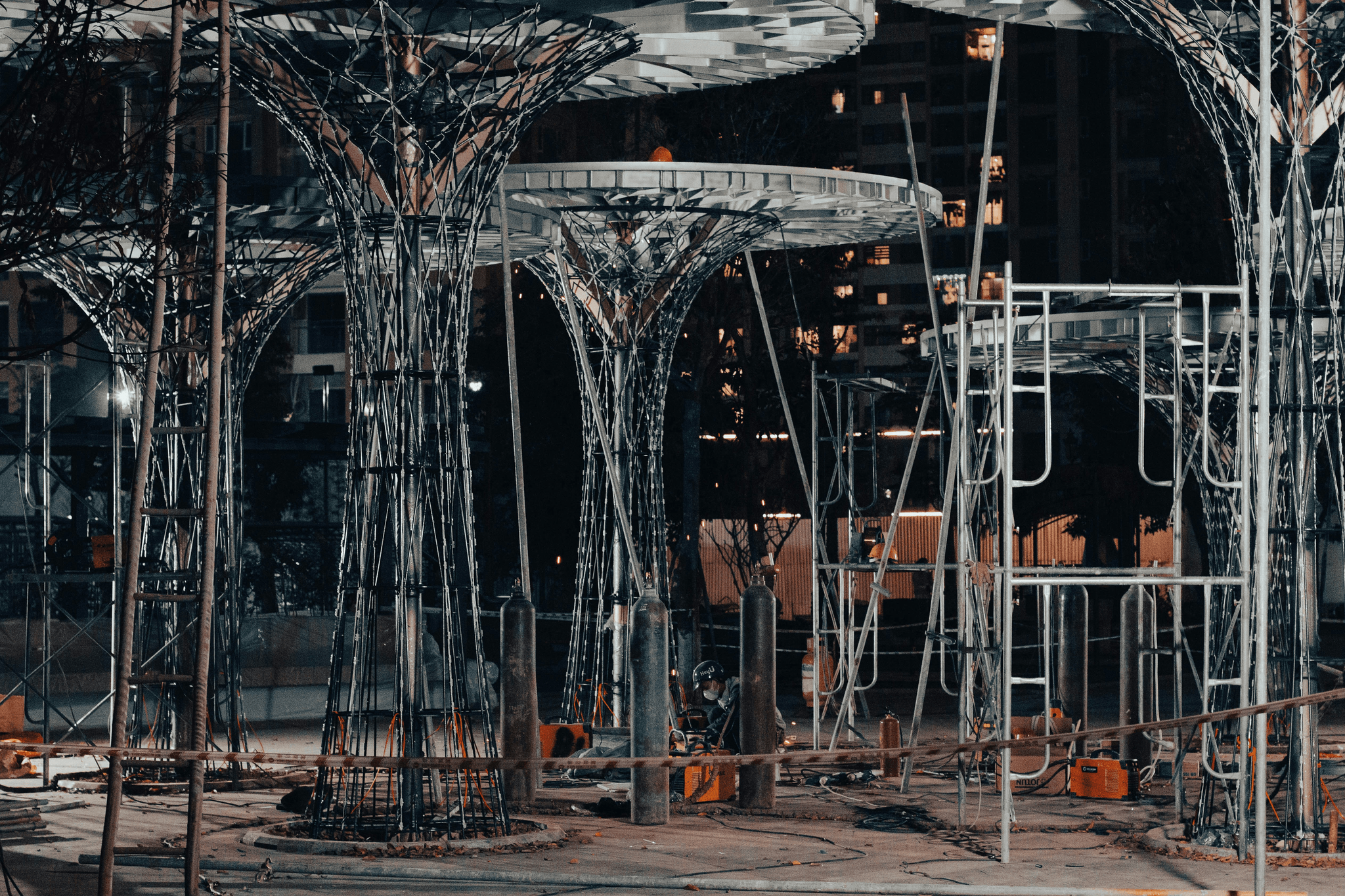
Demountable buildings are structures designed with the ability to be easily assembled, disassembled, and relocated. This innovative approach to construction offers a level of flexibility and sustainability that traditional buildings simply can’t match. With their modular designs, demountable buildings can adapt to changing needs, making them a popular choice for various industries.
Definition and Key Features
At their core, demountable buildings are all about versatility and efficiency. They are constructed using modular components that can be quickly put together or taken apart without compromising structural integrity. Key features include lightweight materials, customizable layouts, and the ability to relocate entire structures with ease—perfect for businesses like PreFab Inc., which specializes in creating adaptable spaces.
Common Materials Used
When it comes to building demountable structures, the choice of materials is crucial for both durability and sustainability. Commonly used materials include steel frames for strength, lightweight panels for easy transport, and eco-friendly insulation options that enhance energy efficiency. PreFab Inc. often utilizes recycled or sustainable materials in its designs, ensuring that even the building process aligns with environmentally friendly principles.
Popular Applications in Various Sectors
Demountable buildings find applications across a variety of sectors due to their inherent flexibility and practicality. In education, portable classrooms provide quick solutions for growing student populations; in healthcare, mobile clinics offer essential services where they’re needed most; and in commercial settings, temporary offices can pop up just about anywhere! The versatility of demountable buildings means they can meet diverse needs while minimizing waste—a win-win situation.
The Sustainability Factor
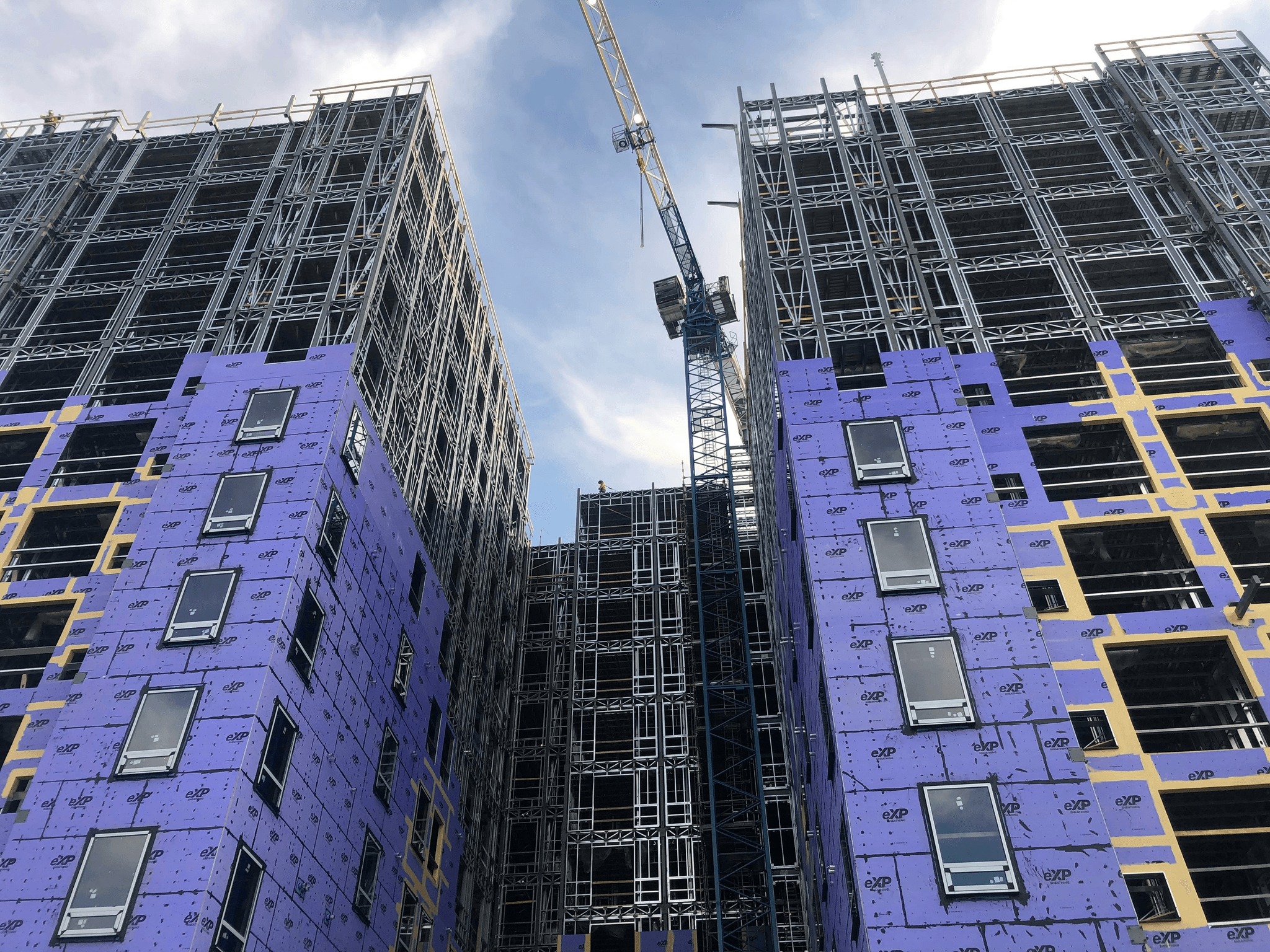
Demountable buildings are not just about flexibility and convenience; they also play a pivotal role in sustainable architecture. In an era where environmental concerns are at the forefront, these structures offer innovative solutions that align with eco-friendly building practices. By utilizing smart design and modular construction techniques, demountable buildings minimize their ecological footprint while still providing functional spaces.
Eco-friendly Building Practices
When it comes to eco-friendly building practices, demountable buildings shine like a beacon of hope for the construction industry. These structures often employ sustainable materials such as recycled steel, reclaimed wood, and low-VOC finishes that significantly reduce harmful emissions. Furthermore, the modular nature of demountable architecture allows for efficient energy use during both construction and operation phases, making it a smart choice for environmentally-conscious developers.
Reducing Waste with Demountable Solutions
One of the most compelling arguments for choosing demountable buildings is their ability to reduce waste dramatically. Traditional construction methods often lead to significant material waste due to over-ordering and site-specific modifications. In contrast, demountable solutions are designed for reuse and reconfiguration; when a structure is no longer needed at one site, it can be disassembled and reassembled elsewhere—thus minimizing landfill contributions and promoting a circular economy.
Case Studies: Sustainable Projects by PreFab Inc.
PreFab Inc. has been at the forefront of pioneering sustainable projects using demountable buildings that serve as excellent case studies in eco-friendliness. One notable example is our collaboration with local governments to create temporary housing solutions that can be relocated as community needs change—showcasing both adaptability and sustainability in action. Another project involved constructing educational facilities using recycled materials, demonstrating how demountable architecture can support community growth while maintaining an environmentally responsible ethos.
Demountable Buildings in Urban Planning
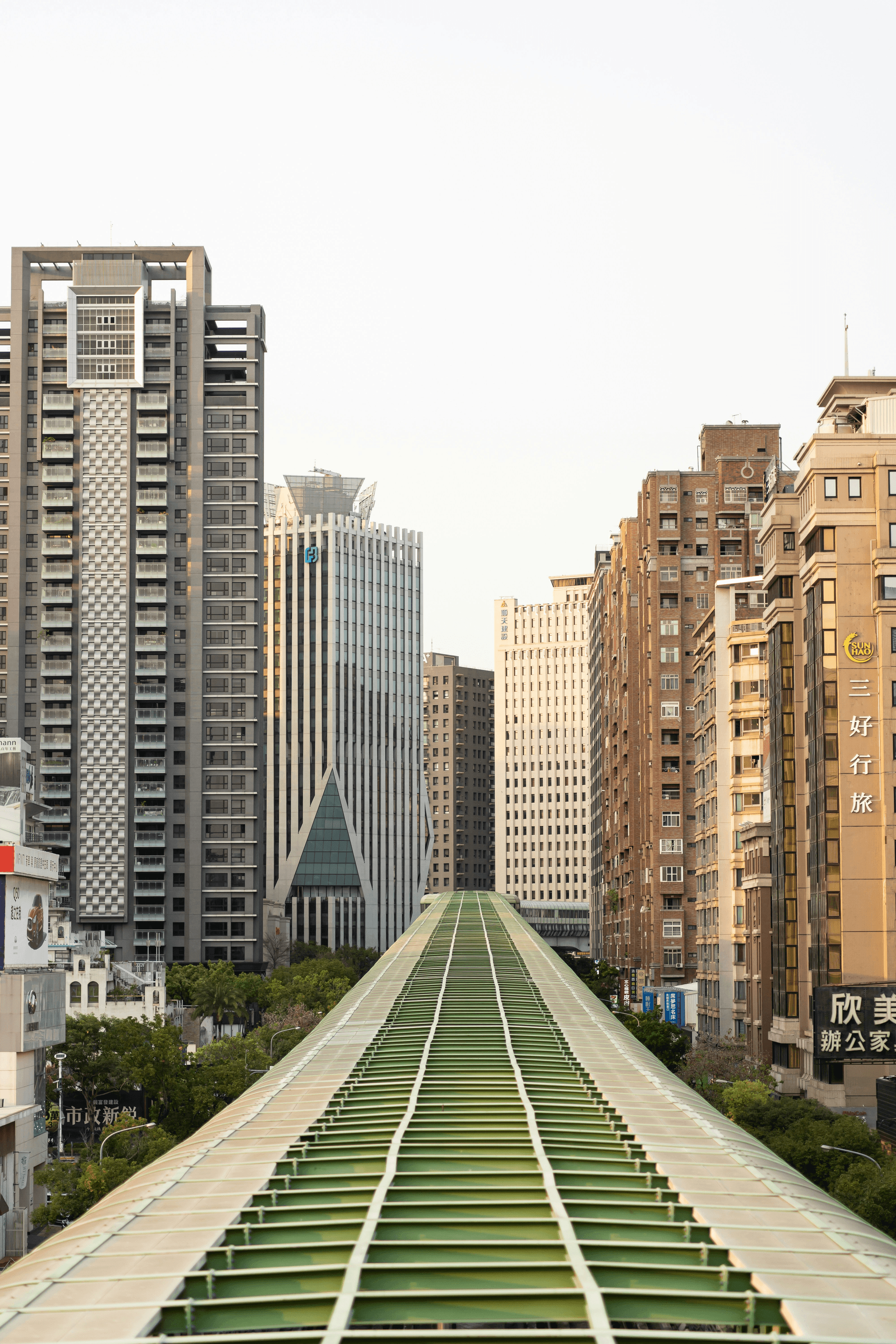
Urban environments are constantly evolving, and the need for flexible, efficient solutions is more pressing than ever. Demountable buildings offer a unique answer to the challenges posed by space constraints in densely populated areas. By incorporating these structures into urban planning, cities can maximize their limited real estate while adapting to changing needs.
Addressing Space Constraints
As cities grow and populations surge, available land becomes increasingly scarce. Demountable buildings provide an innovative way to address these space constraints without sacrificing functionality or aesthetic appeal. These structures can be easily relocated or reconfigured, allowing urban planners to utilize every square foot effectively while maintaining a dynamic city landscape.
In addition to their adaptability, demountable buildings can be constructed off-site and assembled on location, minimizing disruption in busy urban areas. This rapid deployment means that communities can respond quickly to urgent needs such as housing shortages or temporary facilities for events. As cities face ongoing challenges related to population density, integrating demountable solutions into urban planning will become essential.
Flexibility in City Design
One of the most significant advantages of demountable buildings is their inherent flexibility in design and function. Urban planners can incorporate these structures into various projects—be it residential complexes, commercial spaces, or public amenities—tailoring each project according to specific community needs. This flexibility allows cities to pivot quickly as demographics change or new opportunities arise.
Moreover, demountable buildings encourage creative architectural approaches that break away from traditional designs. With innovative materials and modular systems at play, architects can explore new aesthetics while ensuring that each structure remains functional and sustainable. As PreFab Inc. continues to lead the charge with cutting-edge designs in demountable architecture, cities worldwide are poised for transformation.
Examples of Urban Projects
Numerous cities have already embraced the potential of demountable buildings in their planning efforts, with remarkable success stories emerging across the globe. For instance, temporary art installations and pop-up markets have utilized these structures effectively during festivals or seasonal events—showcasing how adaptable they can be within urban settings. Additionally, some municipalities have employed demountable units as emergency shelters during natural disasters or housing crises.
Another notable example includes a series of modular classrooms implemented by schools facing overcrowding issues; these demountable buildings provided immediate relief without committing long-term resources to permanent construction projects. With such diverse applications already making waves in urban environments worldwide, it’s clear that demountable architecture is not just a trend but a vital part of future city planning strategies.
Innovations in Demountable Construction
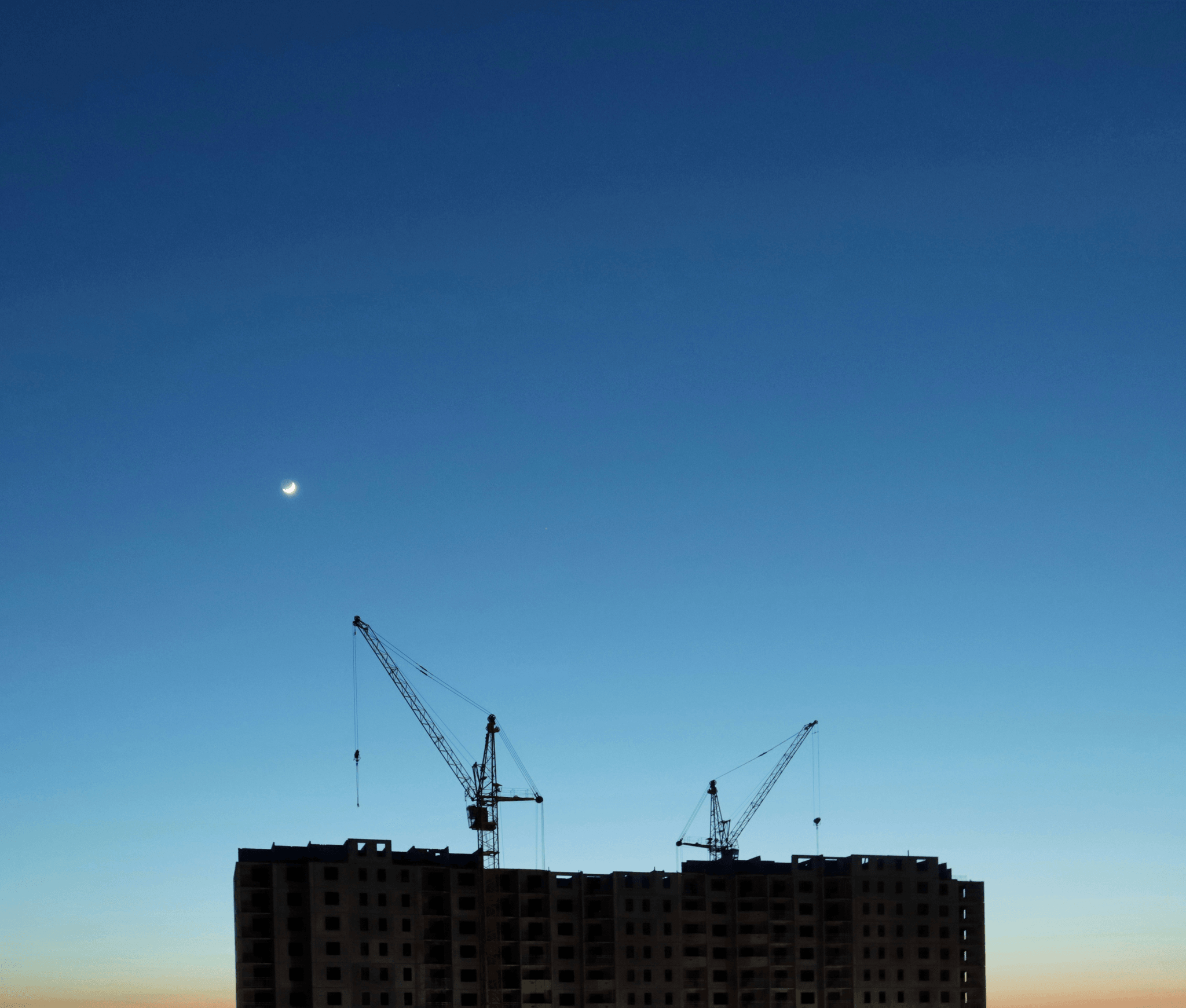
The landscape of demountable buildings is rapidly evolving, driven by innovative technologies and design philosophies that are reshaping how we think about temporary and flexible structures. These advancements not only enhance the functionality of demountable buildings but also improve their aesthetics, making them a viable option for a wider range of applications. As we delve into these innovations, it’s clear that the future of construction is modular, adaptable, and sustainable.
Advances in Technology and Design
Recent technological advancements have significantly transformed the design and construction processes associated with demountable buildings. Cutting-edge software tools enable architects to create intricate designs that optimize space while maintaining structural integrity. Moreover, prefabrication techniques have streamlined the manufacturing process, allowing for quicker assembly on-site and reducing labor costs associated with traditional building methods.
The integration of smart technologies into demountable buildings further enhances their appeal; features such as energy-efficient systems and IoT connectivity allow these structures to adapt to varying user needs seamlessly. This adaptability makes demountable buildings not just a temporary solution but a long-term investment in sustainable architecture. With companies like PreFab Inc. leading the charge, the potential for innovative design in this sector continues to grow.
Modular Systems Revolutionizing the Market
Modular systems are at the forefront of revolutionizing how we perceive demountable buildings today. By breaking down traditional building methods into smaller, easily transportable units, modular construction allows for rapid deployment in various environments—urban or rural alike. This flexibility means that businesses can quickly scale operations up or down without being tied to permanent structures.
Additionally, modular systems offer significant cost savings over time due to reduced waste during construction and lower energy consumption once operational. The versatility inherent in these systems enables developers to create customized solutions tailored specifically to client needs while ensuring sustainability remains a priority throughout the build process. PreFab Inc.'s pioneering work in modular systems exemplifies how innovation can lead to greater efficiency and effectiveness within this burgeoning market.
Spotlight on Leading Companies
When discussing innovations in demountable construction, it’s impossible not to mention industry leaders like PreFab Inc., who are setting benchmarks for quality and sustainability within this niche market. Their commitment to research and development has resulted in some groundbreaking designs that push the boundaries of what is possible with demountable buildings today—think eco-friendly materials combined with sleek modern aesthetics!
Other notable players include companies focusing on integrating renewable energy solutions into their designs or those specializing exclusively in modular units suitable for various applications—from residential homes to emergency response facilities during natural disasters. These efforts highlight an exciting trend where collaboration between companies drives innovation forward while addressing pressing global challenges like housing shortages or environmental concerns.
Real-World Examples of Success
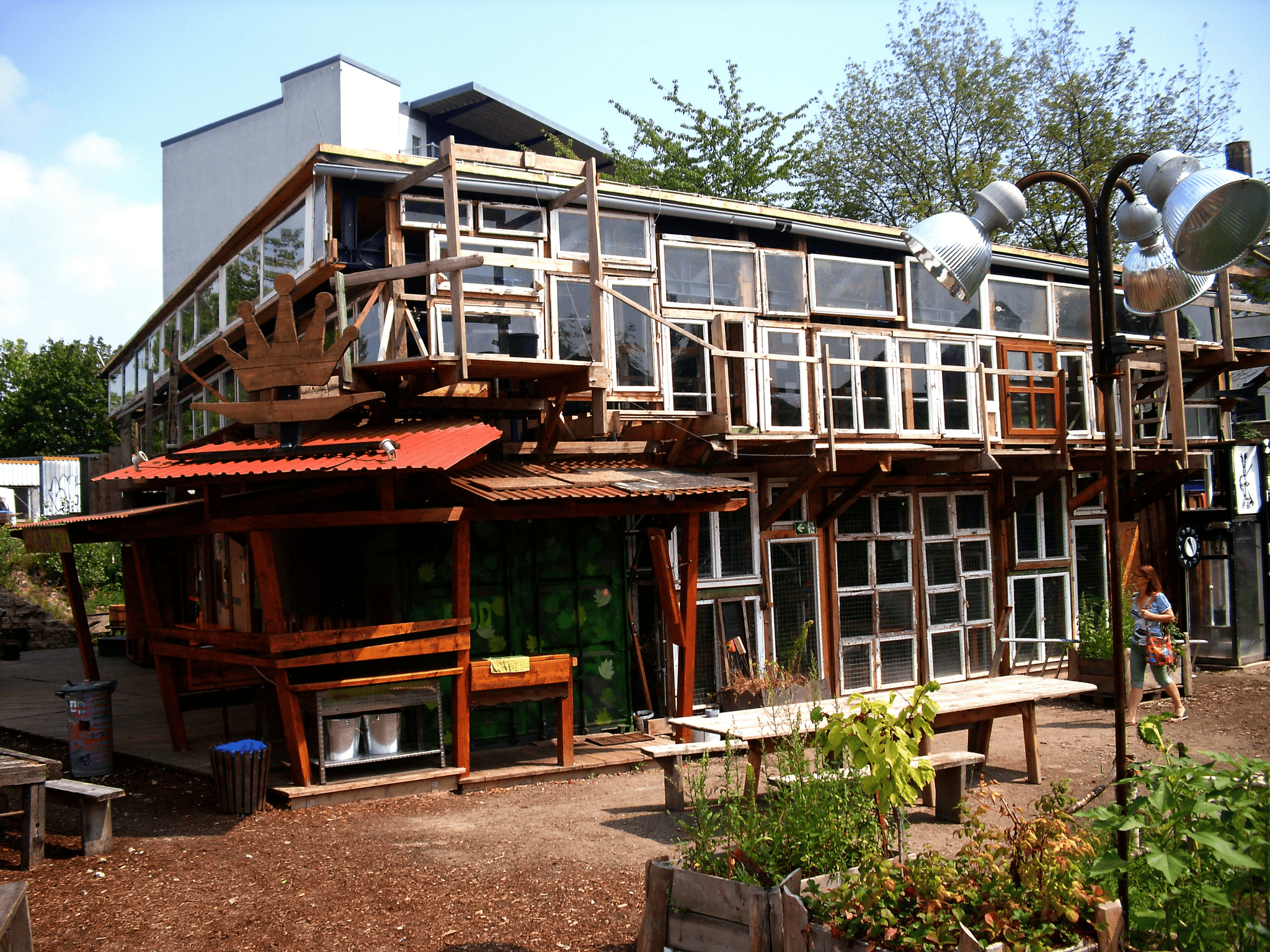
Demountable buildings are not just a trend; they are transforming the way we think about architecture and urban living. Across the globe, various projects showcase the versatility and practicality of these structures, proving that they can meet diverse needs while enhancing community dynamics. From temporary event spaces to permanent educational facilities, demountable buildings are making waves in numerous sectors.
Notable Demountable Buildings Globally
One of the most iconic examples of demountable buildings is the Serpentine Pavilion in London, which has featured innovative designs by renowned architects like Zaha Hadid and Frank Gehry. These temporary structures not only serve as exhibition spaces but also demonstrate how demountable architecture can be both functional and aesthetically pleasing. Another noteworthy project is the IKEA Temporary Home initiative in various locations worldwide, where demountable units provide quick housing solutions for those in need.
In Australia, the “Green House” project showcases a fully sustainable approach to demountable buildings, using eco-friendly materials and design principles that minimize waste. Each of these examples highlights how versatile and effective demountable buildings can be across different contexts—whether for art installations or emergency housing solutions.
Impact on Communities and Economies
Demountable buildings have a profound impact on communities by providing flexible solutions that adapt to changing needs without committing to permanent structures. This flexibility allows cities to better manage space constraints while also responding quickly to emergencies or population surges—think temporary schools during an influx of students or pop-up clinics during health crises. Economically, these structures create jobs not only in construction but also in design innovation as companies like PreFab Inc. lead the charge toward more efficient building practices.
Moreover, by reducing construction timeframes significantly compared to traditional methods, communities benefit from quicker access to essential services such as education and healthcare facilities. The ability to relocate or repurpose these structures means money saved for local governments that can be redirected into other vital areas like infrastructure or community programs.
PreFab Inc.’s Contributions to the Industry
PreFab Inc. stands at the forefront of this architectural revolution with its commitment to developing high-quality demountable buildings tailored for a variety of uses—from commercial spaces to residential units. By leveraging advanced modular systems and sustainable materials, PreFab Inc.'s projects reflect an innovative spirit that meets modern demands while prioritizing environmental responsibility. Their contributions have set new standards within the industry, showcasing how well-designed demountable solutions can seamlessly integrate into existing urban landscapes.
The company has been instrumental in creating successful case studies around sustainable practices with its range of products designed for easy assembly and disassembly without compromising structural integrity or aesthetic appeal. As more regions recognize the benefits of flexible building solutions offered by PreFab Inc., we can expect a growing shift toward embracing this dynamic approach throughout global markets.
Conclusion

In recent years, the architectural landscape has been reshaped by the growing trend of demountable buildings. These innovative structures offer a flexible, efficient, and sustainable approach to construction that resonates with modern needs. As urban areas continue to expand and evolve, the appeal of demountable buildings is only set to increase, making them an attractive option for developers and city planners alike.
The Growing Trend of Demountable Buildings
Demountable buildings are gaining traction globally due to their adaptability and sustainability. This trend reflects a shift in how we think about construction, moving away from traditional methods toward more versatile solutions that can be easily modified or relocated. With increasing awareness of environmental concerns, many are recognizing that demountable buildings not only minimize waste but also provide a smarter use of resources.
Why Choose Demountable Solutions for Your Project
Choosing demountable solutions for your project offers numerous advantages that traditional construction methods can't match. First and foremost, these structures can be assembled quickly and efficiently, saving both time and money during the building process. Additionally, with PreFab Inc.'s expertise in creating high-quality demountable buildings, you can ensure that your project will be both functional and aesthetically pleasing while benefiting from reduced environmental impact.
Envisioning the Future of Building with PreFab Inc.
Looking ahead, the future of building is bright with PreFab Inc.'s commitment to advancing demountable architecture. By leveraging cutting-edge technology and innovative design principles, we aim to lead the charge in transforming urban spaces through sustainable construction practices. As more people embrace the benefits of demountable buildings, we envision a world where flexibility meets functionality—creating vibrant communities ready for tomorrow's challenges.

